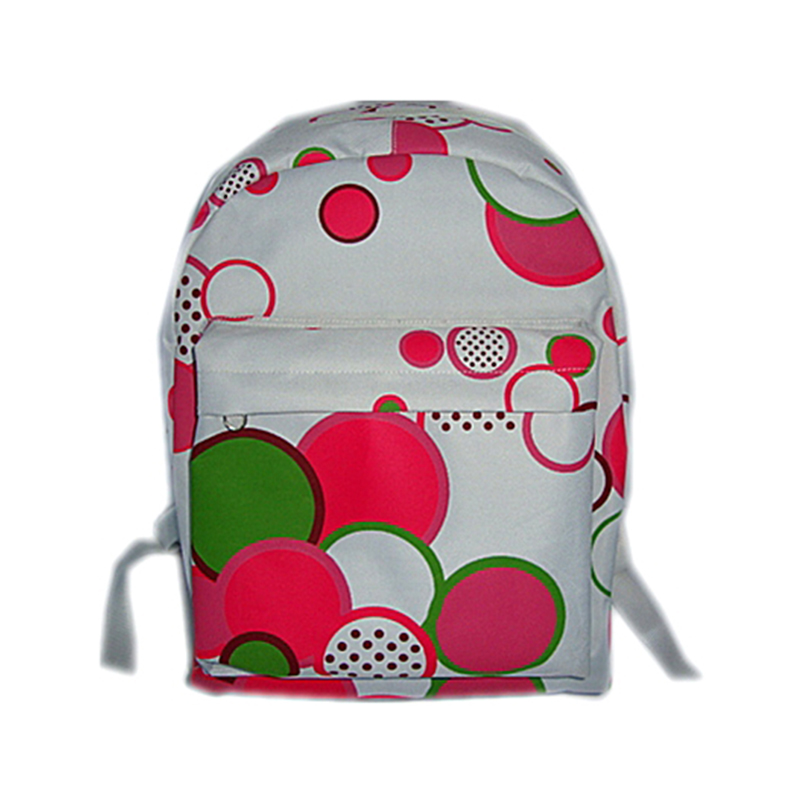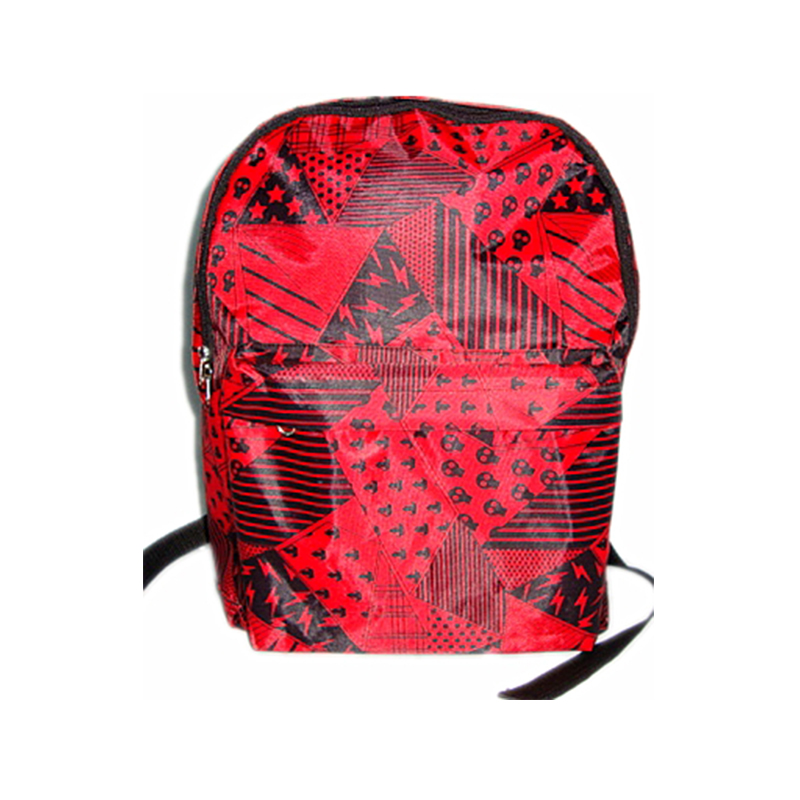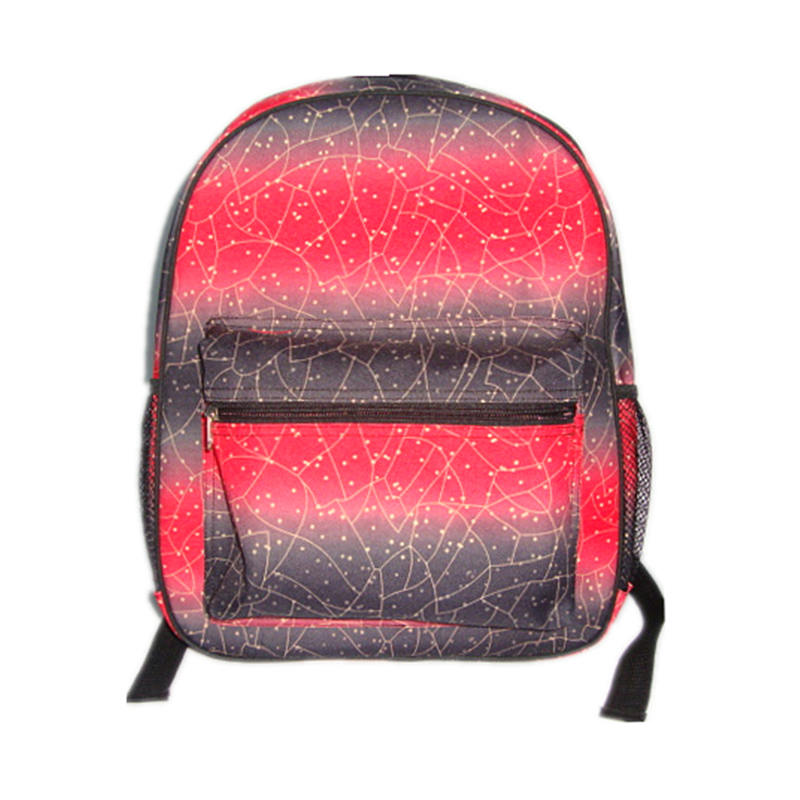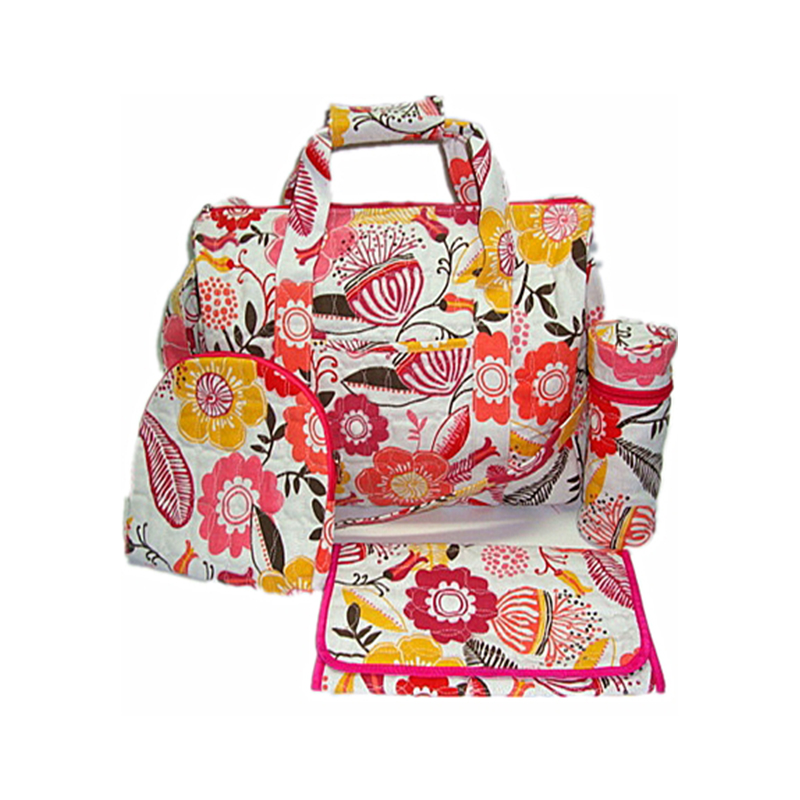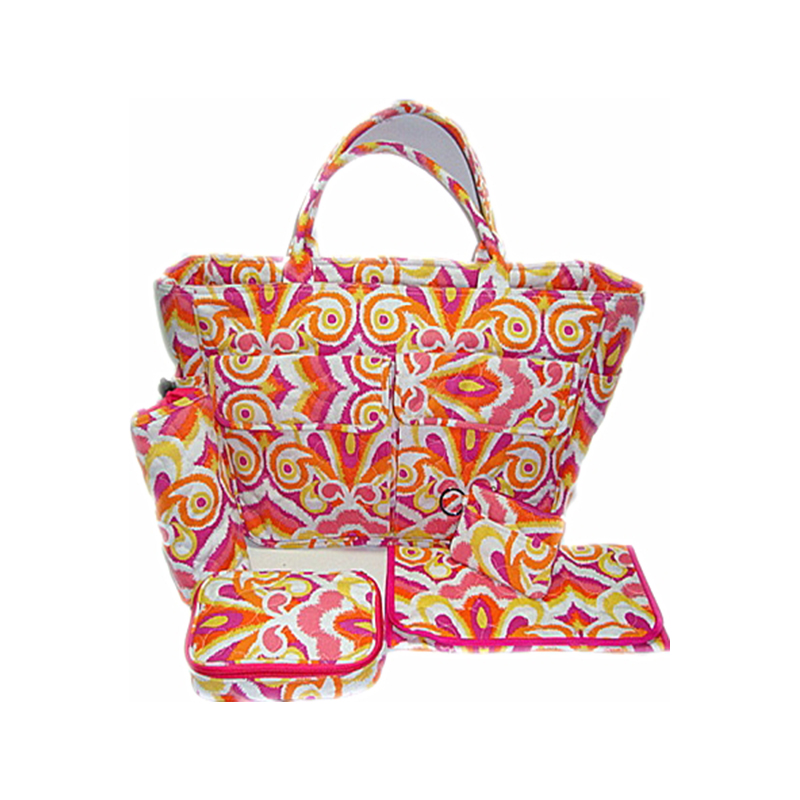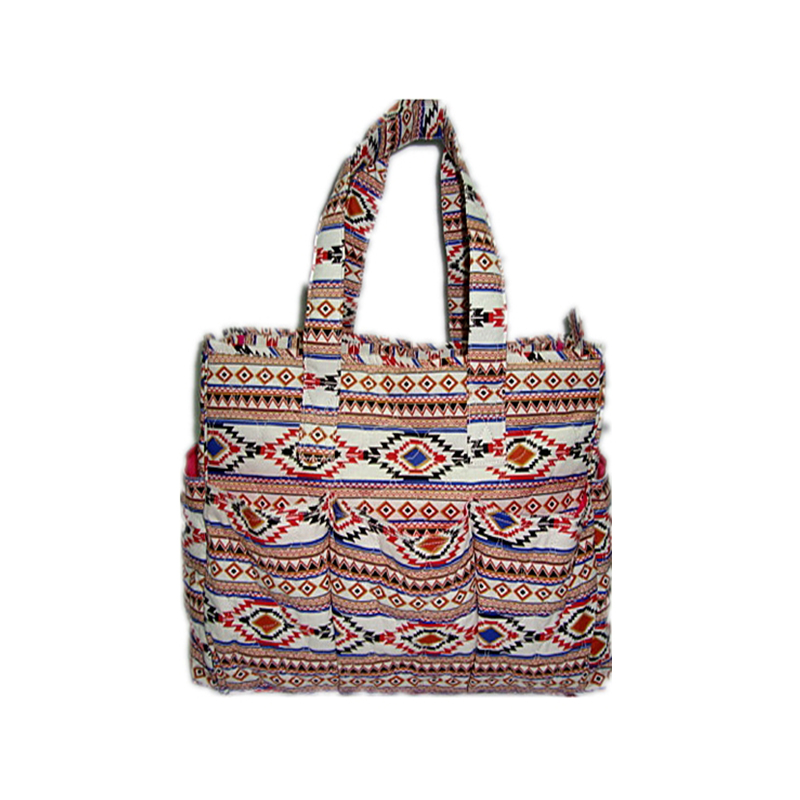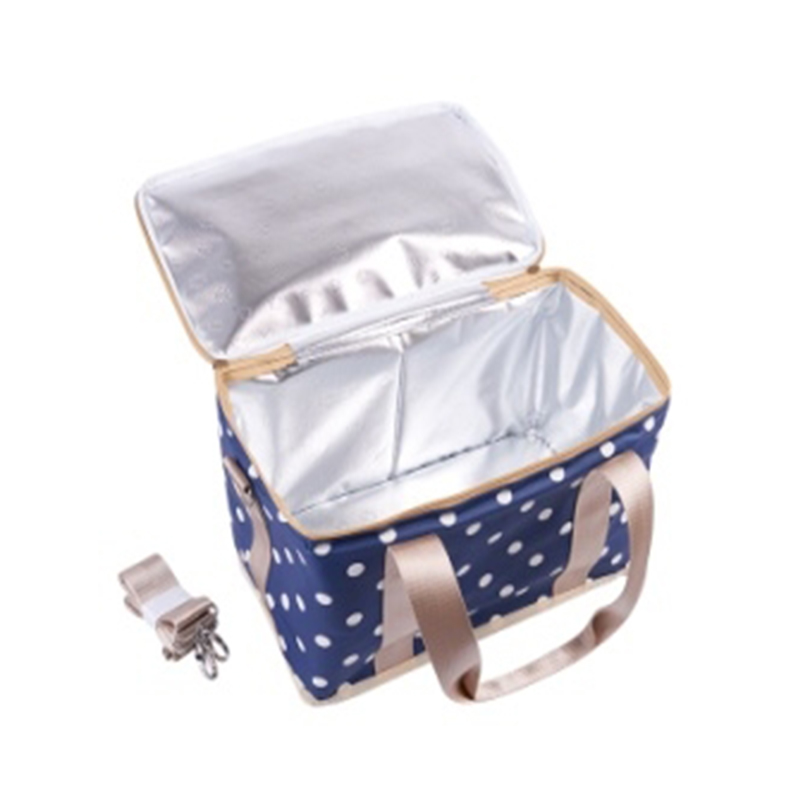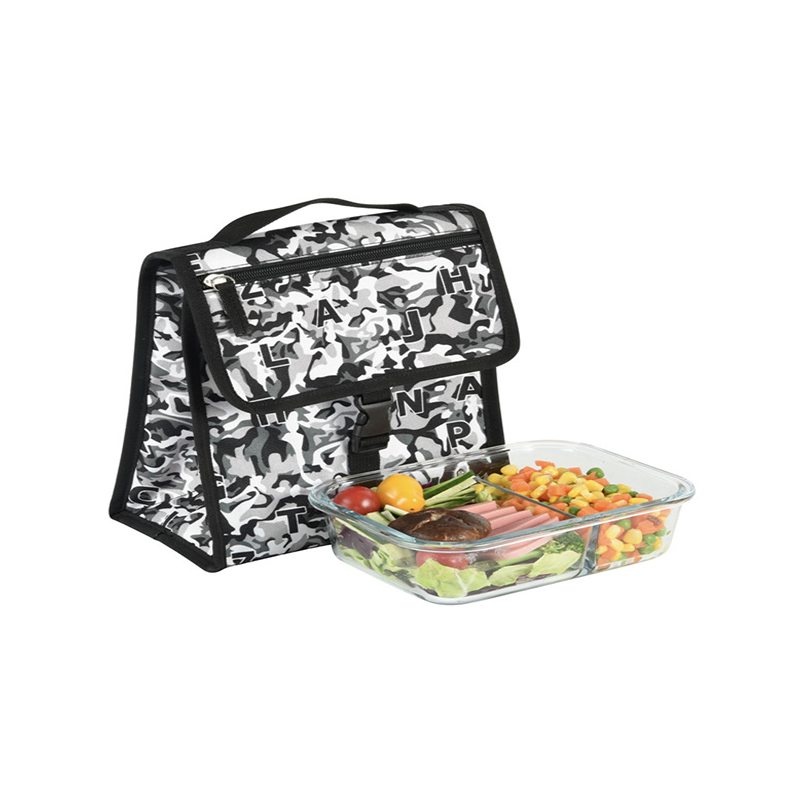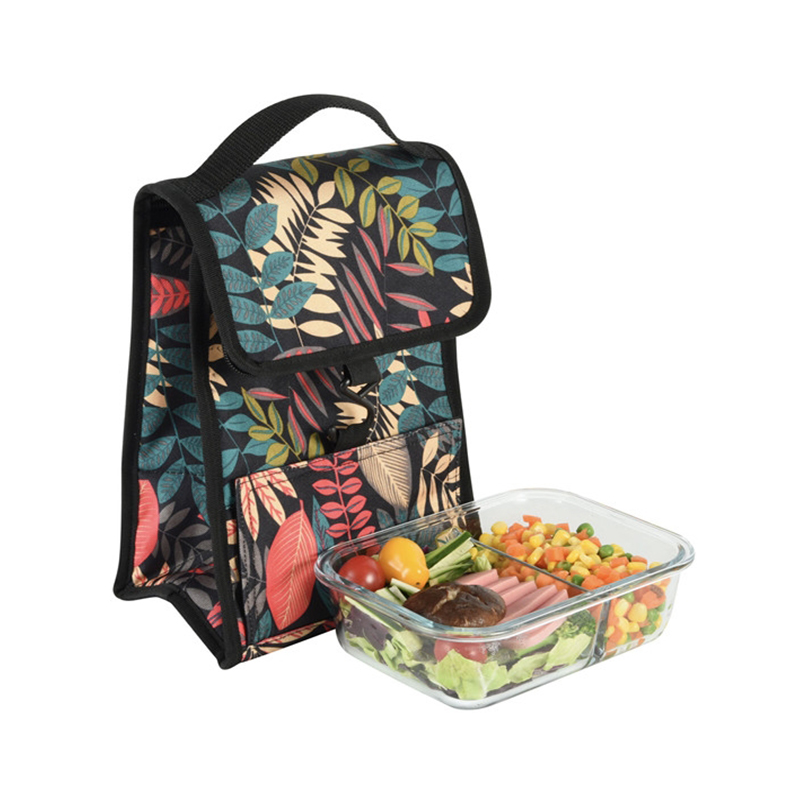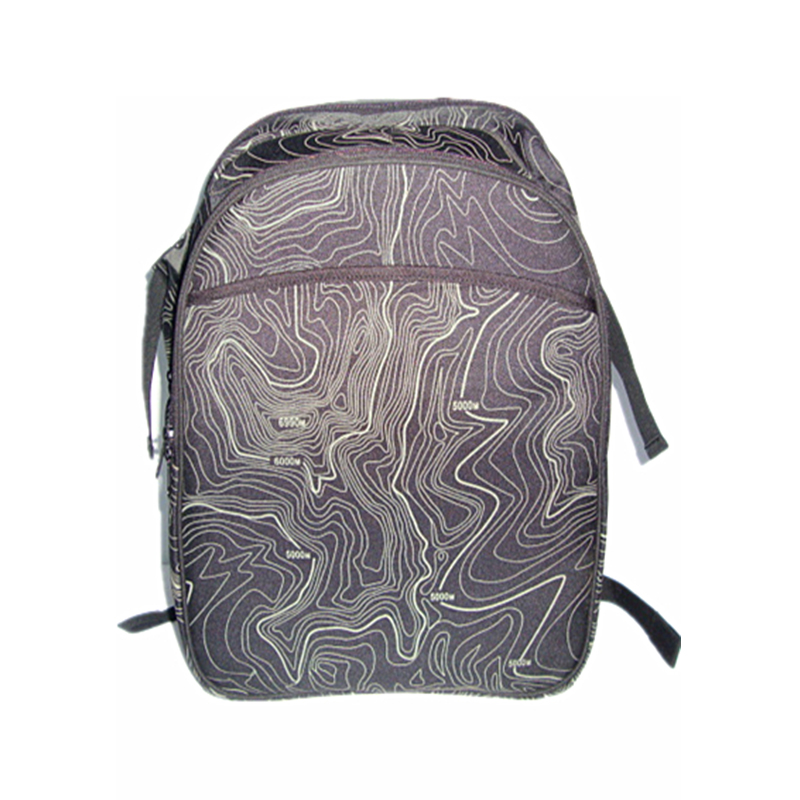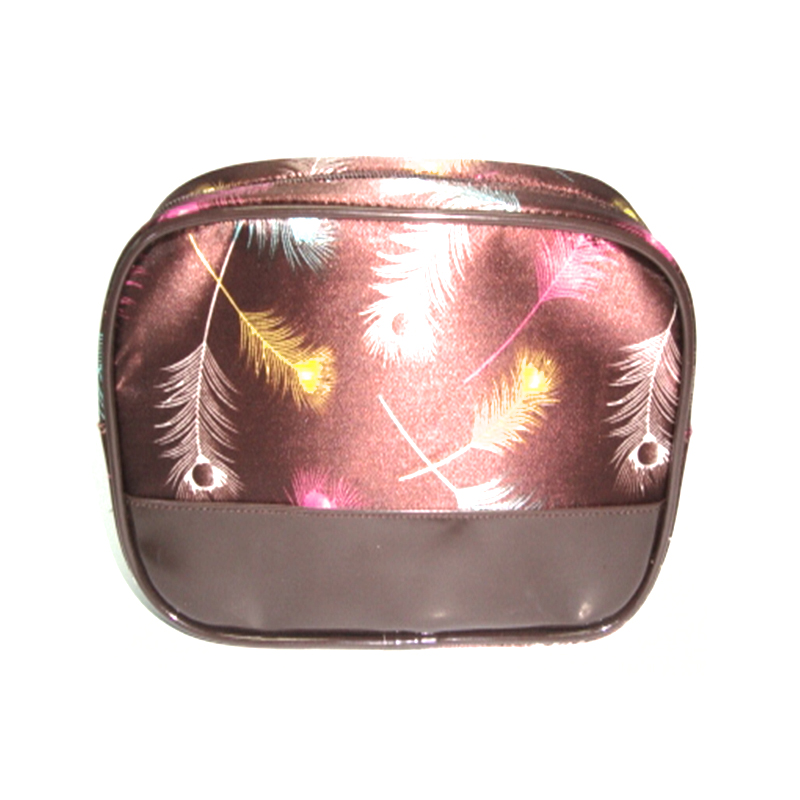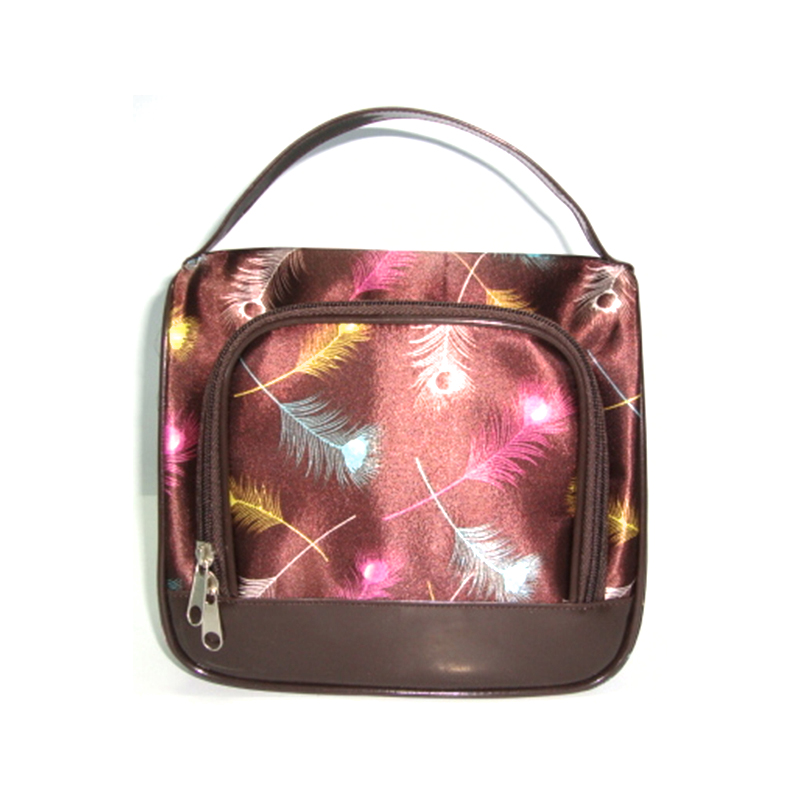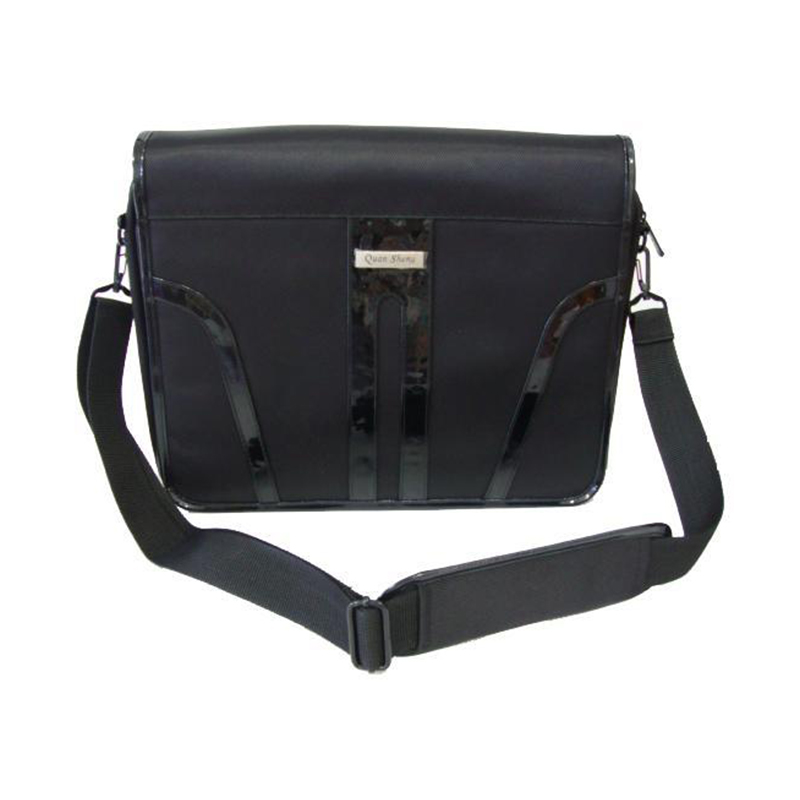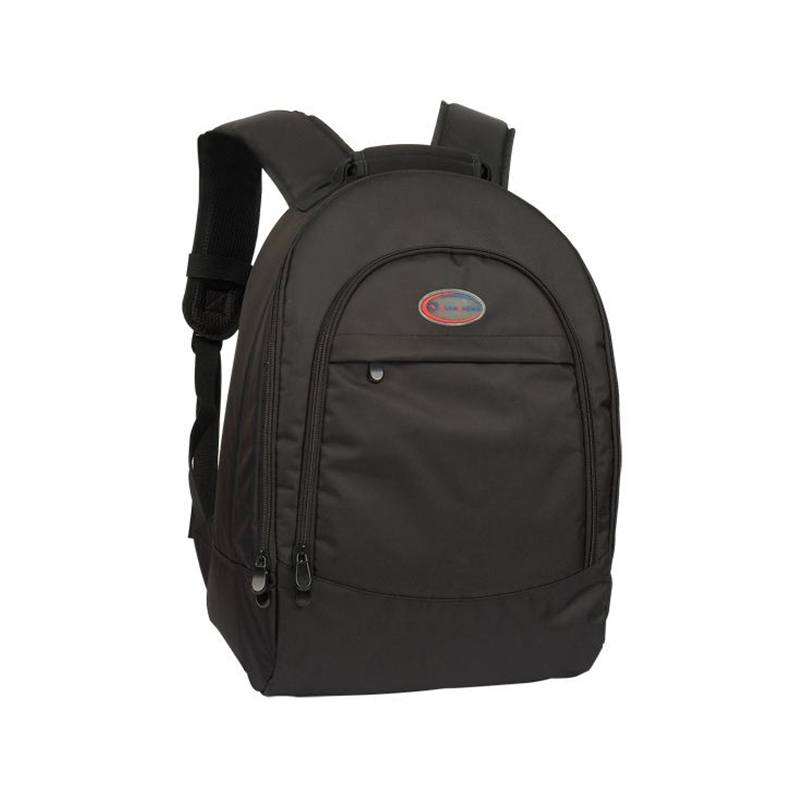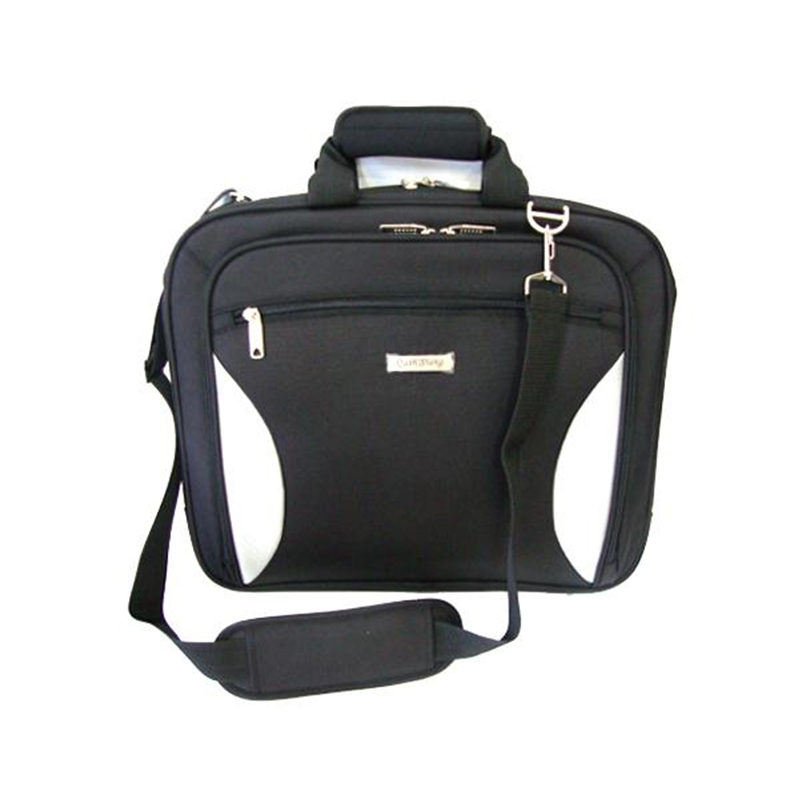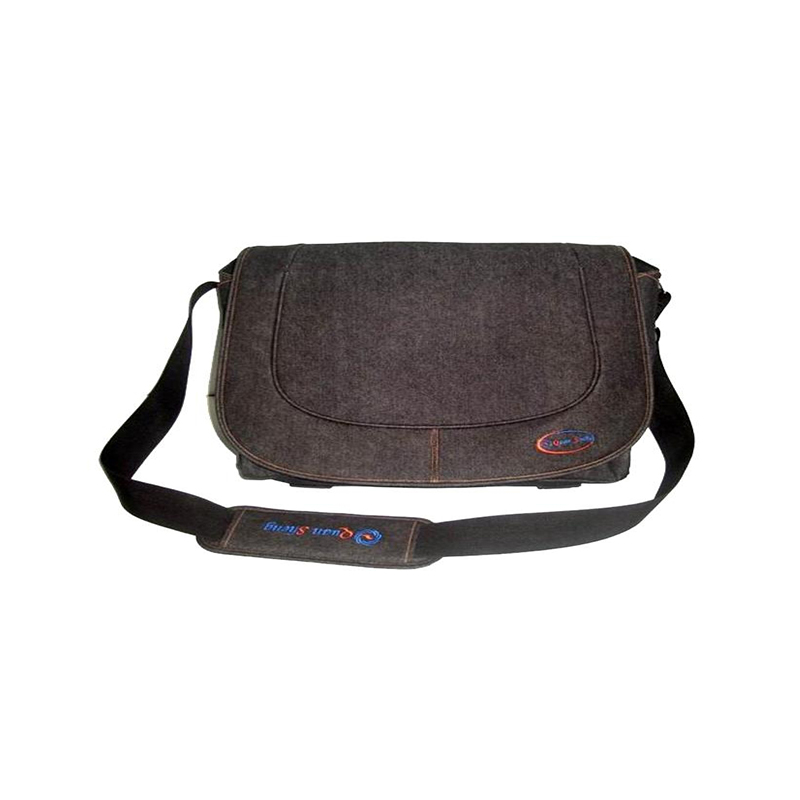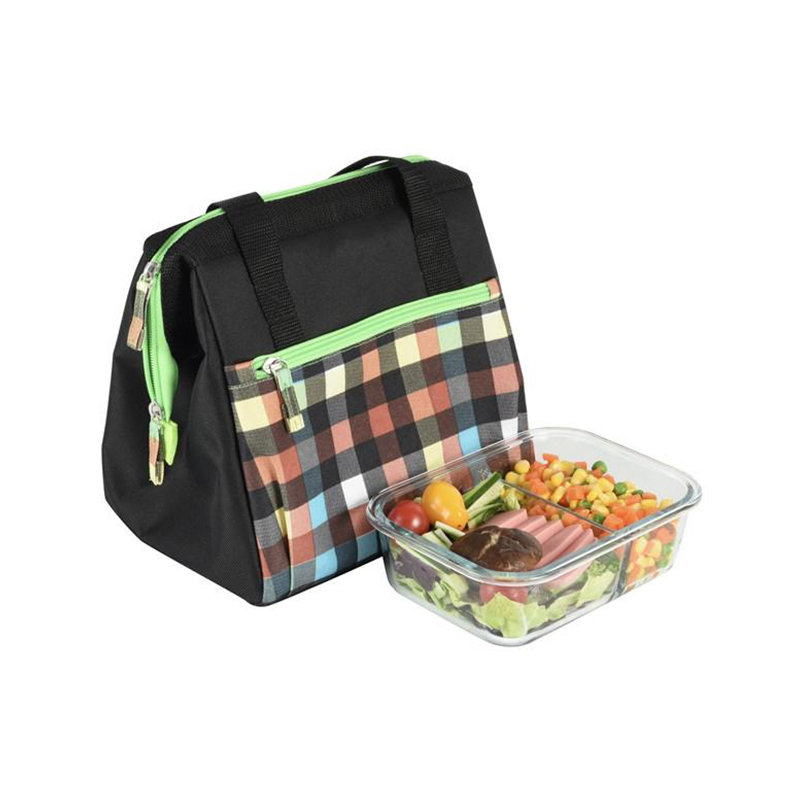Ergonomic features in sports backpacks play a vital role in ensuring comfort during extended use, for individuals who lead active lifestyles or engage in outdoor activities. These features are thoughtfully designed to align with the body’s natural movements and to minimize strain on key areas such as the shoulders, back, and hips.One of the most prominent ergonomic features is the inclusion of padded shoulder straps. These straps are typically wide and cushioned, which helps evenly distribute the weight of the backpack across the shoulders. Without proper padding, the concentrated pressure from carrying heavy loads can cause significant discomfort, even over short periods. The soft cushioning in ergonomic shoulder straps alleviates this pressure, preventing soreness and allowing users to wear the backpack for hours without strain.
The back panel of a sports backpack is another crucial ergonomic component. Designed to follow the natural curve of the spine, the back panel ensures that the backpack fits snugly and comfortably against the user’s back. This design helps maintain proper posture and minimizes the risk of back strain. Many sports backpacks feature back panels made of breathable materials or equipped with mesh ventilation systems. These materials promote airflow, keeping the back cool and reducing sweat buildup during physical activities, especially in warm or humid conditions.
Adjustable waist and chest straps further enhance the comfort provided by ergonomic backpacks. These straps are engineered to stabilize the load by redistributing the weight from the shoulders to the hips and torso. The hips, being a stronger support structure, can bear the burden more effectively, reducing fatigue on the shoulders and back. The chest straps keep the backpack securely in place, preventing it from shifting or bouncing during vigorous movements, such as running or cycling. This added stability not only improves comfort but also helps reduce the risk of injury caused by an unbalanced load.
Another subtle yet essential aspect of ergonomic design is the overall weight distribution. By carefully positioning compartments and designing the backpack to balance the load evenly, ergonomic sports backpacks reduce the stress on specific muscle groups. This balanced distribution allows users to carry heavy loads without feeling disproportionate pressure in one area, making the backpack feel lighter and easier to manage.
The flexibility and customizability of ergonomic backpacks ensure that users can adjust the fit according to their body shape and activity needs. Most ergonomic backpacks come with adjustable straps and buckles, allowing users to fine-tune the height and tension of the backpack for maximum comfort. This adaptability ensures that the backpack fits securely, minimizing unnecessary movement and preventing discomfort during prolonged use.




 English
English 中文简体
中文简体
